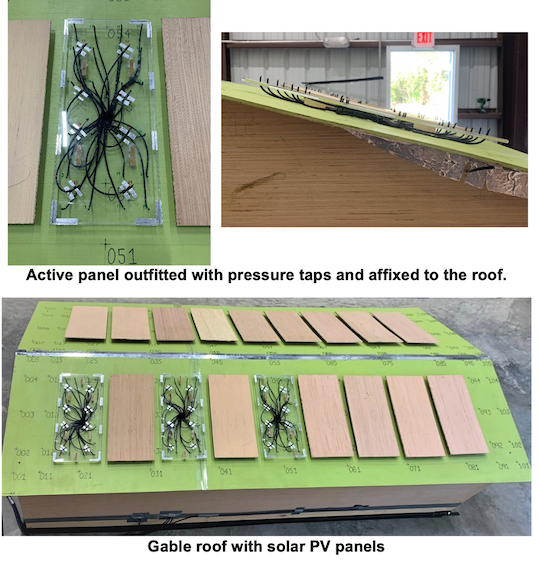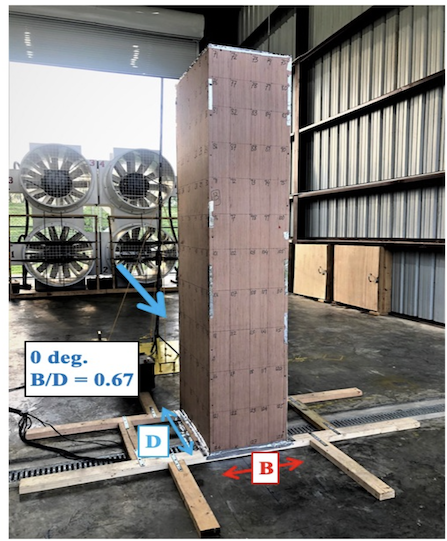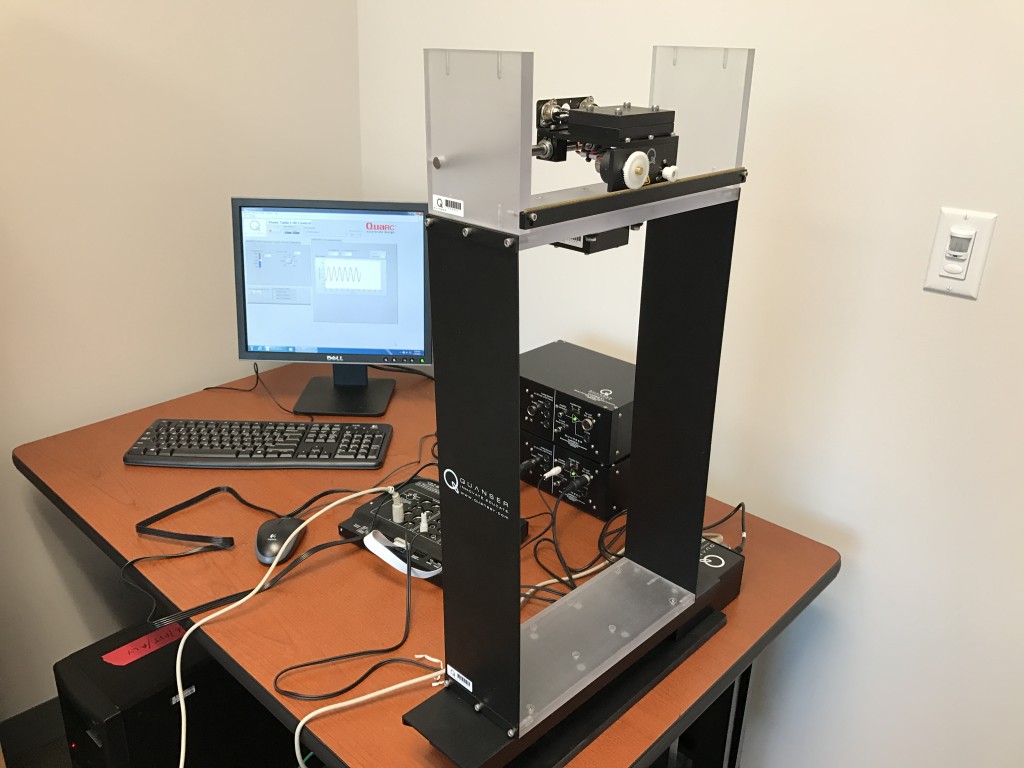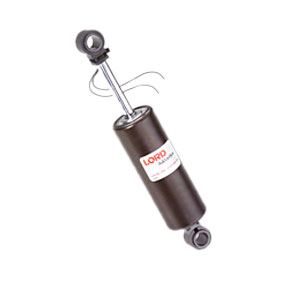🛠️ Research Facilities: State-of-the-Art Resources
🔬 Experimental Laboratories
1. Open-Jet Hurricane Testing Facility
This recently built and calibrated facility is designed to generate highly realistic wind profiles that mimic hurricane characteristics over open and suburban terrains, enabling large-scale, high-fidelity testing.
- Test Section: Large-scale, 4 m x 4 m test section capable of creating actual hurricane-force winds at high speeds.
- Instrumentation:
- Two Cobra Probes for three-component wind velocity measurements.
- Five accelerometers and two load cells.
- A 256-channel pressure measuring system for detailed surface pressure studies.
- Intelligent Structures Research: Integrated with a shake table, four magneto-rheological (MR) dampers, and a laser sensor for displacement measurements to study smart structures and vibration control.






Large-scale open-jet hurricane testing facility, Shake table, MR dampers, and active mass damper for research on intelligent structures
2. LSU Wind Tunnel Laboratory
- Boundary-Layer Section: 3.5' x 4.25' x 25' test section for simulating the atmospheric boundary layer over various terrain types.
- Aerodynamic Section: Two smaller test sections (2' x 2' x 8' and 2' x 3' x 10') for fundamental aerodynamic studies.
- Instrumentation:
- Laser-Doppler Velocimetry (LDV) system for point-wise velocity measurements.
- Cobra probes for three-component velocity measurements.
- High-Resolution Digital Photography (HRDP) for flow visualization.
- 128-channel pressure scanning system and a six-component sting balance (three forces, three moments) for precise force measurements.


LSU wind engineering testing facilities: boundary-layer wind tunnel and a small open-jet hurricane simulator
3. Wind Cannon Facility at LSU
A specialized facility used to evaluate the impact resistance of materials and structures against wind-borne debris.
- Mechanism: Pneumatically actuated steel cannon with computer control.
- Capability: Can fire projectiles simulating various types of wind-borne debris, including small pebbles, 2" x 4" lumber, and heavier steel pipe missiles.
- Measurement: Allows for accurate measurement of impact resistance and deformation of impacted objects.
4. Other Resources
- 3D Printer: Located in the Civil and Environmental Engineering Department, this resource is crucial for quickly prototyping complex aerodynamic features and architectural details for model testing.
- Flow Dynamics and Control Laboratory at LSU.
💻 Computational Facilities
The group is equipped with robust computational resources for advanced numerical modeling and simulation.
- High-End PCs: Dedicated desktop computers for student use and numerical simulations.
- Software Licenses: Comprehensive engineering software access including MATLAB, AutoCAD, ANSYS, ABAQUS, and various programming environments (Visual BASIC, Visual C++).
- High-Performance Computing (HPC@LSU): Access to LSU's powerful supercomputing resources, including support for the Louisiana Optical Network Initiative (LONI) supercomputers (which includes the historic SuperMike cluster). This infrastructure provides premium computing power for computationally intensive research, such as CFD simulations (LES/RANS).
📡 Field Resources
Portable, Hurricane-Hardened Meteorological Towers
LSU operates two specialized mobile towers – Storm 1 and Storm 2 – designed for deployment in active hurricane zones to collect critical meteorological data during landfalls.


Storm 1 is a 10-meter tower with a structural steel lattice and a hinge in the middle to facilitate tower transportation in a folded position. The tower has outrigger legs that provide lateral support under severe windstorms. RM Young wind sensors can be installed at 2.5, 4, 5, 7.5, and 10 meters. In addition, a three-component velocity sensor and a vertical anemometer are at the 10 m height. Pressure, temperature, and relative humidity gauges are also at elevations of 2.5 and 10 meters. A precipitation gauge is at 2.5 meters. Storm 1 relies on six deep-cycle marine batteries to power sensors and data collection. These batteries provide the voltage necessary to maintain data collection from all sensors. The system sampled data from the sensors at 20 Hz onto a removable flashcard.
Storm 2 is similar to Storm 1; however, it is 25-meter height.